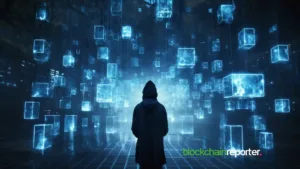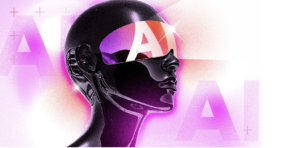TRC10 is a technological token standard that does not require the TRON Virtual Machine and is backed by the TRON blockchain network (TVM).
Unlike the TRC20 token, TRC-10 is a native token on the TRON blockchain that is utilized for basic token production and does not need the TRON Virtual Machine (TVM).
TRC-10 can be accessed through an API (application programming interface). TRC-10 has 1,000 times lower transaction fees than TRC20, but it necessitates additional bandwidth for API transactions and deposits.
Any account user on the TRON network can create a TRC-10 token for a minimum of 1,024 TRX. Account-holders on the network can also lock up their token individually. The issuer must specify a token name, overall value, TRX conversion rate, circulation length, definition, maximum bandwidth points per account, overall bandwidth points usage and token stake when producing tokens.
TRON is a blockchain platform that enables the creation of smart contracts, virtual machines, decentralized exchanges, decentralized applications, smart contracts, wallets and blockchain explorers.
When TRC-10 tokens are utilized in an ICO project, there are no listing fees to pay, and to develop TRC-10 tokens, no prior experience of programming languages is necessary. TRC-10 tokens’ supply can be raised once they are created and they can also be burned if the tokens are returned to their originating address.
A user must have at least 1,024 TRX in their wallet to get a TRC-10 token. They are used in initial coin offerings (ICOs), blockchain-powered products, and as a payment method in decentralized applications (DApps). They have been utilized by well-known initiatives like BitTorrent token, a decentralized file-sharing service whose development process is made easier and simpler by the existence of a flexible blockchain network.
In smart contracts, TRC-10 tokens are easily transferable, mintable and upgradeable, and and if a user sends these tokens to the wrong address, they become irrecoverable.




